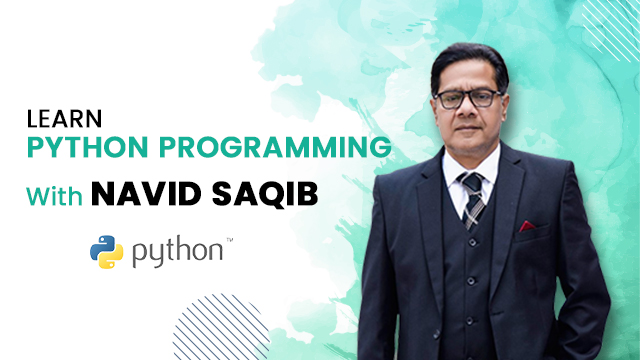Currently Empty: $0.00
Paper 1 – Theory (Typically 2 hours)
0/20
Introduction Paper 2 – Practical (Typically 2 hours) done
0/2
Problem Solving
0/5
Relation of Real Life and Programming done
0/5
Stages of Programming
0/14
Dealing with Constructs
0/24
Question Set 3
0/3
Flow charts – The easy concept
Concept of Validations
0/6
Question Set 4
0/2
Dealing with 1D Arrays
Dealing with 2D Arrays
Linear search with !D Array – The common pattren
Bubble Sort – The common Pattren
Modular Programming – Concept of Procedures and Functions
Handling Errors in Pseudocode
File Handling
File handling – with 1D Array
Logic Gates
Databases
Variables: Variables are placeholders in programming languages that hold data and can change during the execution of a program. They are used to store information that may be manipulated or accessed later in the program. In many programming languages, variables have a type (e.g., integer, float, string) that determines what kind of data they can hold.
Example in Python:
# Variable example in Python
x = 5 # Here, ‘x’ is a variable holding the value 5
name = “John” # ‘name’ is a variable holding the string “John”
temperature = 25.5 # ‘temperature’ is a variable holding a floating-point number
In this example, x, name, and temperature are all variables. They can hold different types of data (integer, string, float) and their values can change throughout the execution of the program.
Constants: Constants, on the other hand, are similar to variables but their values cannot be changed during the execution of a program. They are often used to represent fixed values that remain constant throughout the program.
Example in Python:
# Constant example in Python (Note: Python doesn’t have built-in constants, but constants can be simulated by using variables with uppercase names)
PI = 3.14159 # ‘PI’ is a constant representing the value of pi
MAX_SIZE = 100 # ‘MAX_SIZE’ is a constant representing the maximum size of something
In this example, PI and MAX_SIZE are constants. Their values are set once and cannot be changed later in the program. They are typically used for values that are not expected to change, such as mathematical constants or fixed limits.
In summary, variables are placeholders for data that can change during the execution of a program, while constants are placeholders for data that remain constant throughout the program’s execution.

